A Tale of Two States
One nifty aspect of our federal system of government, where different states get to set different rules subject to a rather less complete national rulebook, is that people can, with their feet, "vote" for the rulesets they prefer to live under. Every decade, a national census is conducted so that the allocation of seats in the House of Representatives can be adjusted to align with changing population proportions between the states.
Such domestic migration contributes to the "red state/blue state" sorting phenomenon. People go where they feel things align with their wants, needs, and values, and while states are not internally homogeneous in that regard, we should feel comfortable assuming that at least some migrants are choosing their new homes based on their allegiance to Team Red or Team Blue.
That this sorting changes the political mix of the House should come as no shock, either. Consider the most recent reapportionment:
Five states gained a house seat, and one gained two. Seven lost a seat each. If we play the team game, four Blue states lost a seat, one Red state lost a seat, and two swing states (OH and PA) lost a seat. Four Reds gained five seats, one Blue gained a seat, and one swing state (CO) gained seat. While some of this change is via birth, and some via immigration from abroad, it remains that significant numbers of people are abandoning the bluest states for redder pastures.
The political consequences don’t end there, however. Step 2 of the reapportionment is the redrawing of Congressional district lines within each of those states. In thirty-three, this is controlled by the state legislatures. Six states have only one congressional district each, and the balance have some variation of a commission that may be non-political, advisory, or subject to veto.
Where politicians have a say, politics holds sway. Lines are drawn to try and control outcomes, with the minority party's voting strongholds corralled into as few districts as possible, and the dominant party giving itself the best chance at the most seats. This is called "gerrymandering," a portmanteau of Massachusetts Governor Elbridge Gerry and "salamander," which the State Senate district he created resembled.
New York's Democrats recently hoist themselves with their own petard when they attempted to end-run a recent state Constitutional amendment requiring non-partisan Congressional districts with procedural games. Their gambit sought to reduce the eight Red seats to four, but the state judiciary kiboshed their map and an independent commission drew a nonpartisan one. Current predictions are for sixteen safe Blue and six safe Red with four toss-ups.
Backfire, indeed.
But, I digress.
Take a look at this trend, the population of Florida relative to that of New York State across the past seven decades.
In 1950, New York had 14.8M residents, Florida had 2.8M. In 2020, New York grew to 20.2M, but Florida grew to 21.5M. New York dropped from forty-five districts in 1950 to twenty-six next year, Florida grew from six to twenty-eight. Florida's Congressional delegation has been steadily tilting red across those decades, and with her popular Republican governor considered a legitimate Presidential candidate (Florida has had Republican governors since 1999), we can conclude that this NY-FL shift reflects some political inclinations among the nation's populace.
What's even more interesting is a look at the income profiles of the migrants.
This chart tells us it's not just "bitter clingers" moving out of blue states. A whole lot of big earners are leaving New York and California and their big fat state income taxes. Florida, it's worth noting, has no state income tax, and a per-capita state budget half that of New York (California's is 83% of New York's). Policies matter, and that includes taxation. The presumption that the 0.1% are uniformly willing to pay a big premium for the privilege of living in New York or California is not holding up.
Of course, rich people moving with their feet enrages the losers (i.e. Big Blue states like NY and CA), especially when the movers go to Red states. Efforts to undo the state-and-local-tax (SALT) deduction cap that was part of the Trump tax plan persist to this day (with state politicians thinking that rich migratory geese should be theirs to pluck).
If all government was federal, the Blue Team would have an easier time of things. Their massive voter advantage in big cities, where they've dispensed largesse and (mostly empty) promises that they know best how to run things, might overrule everyone else (though if popular vote mattered, voting habits might be very different). That we have a system of fifty states and a government designed to stave off tyranny of the majority in favor of giving each state its own voice and some degree of sovereignty, has very likely saved us from an even bigger and more intrusive federal government than the one we currently have.
That the Blue Team would apparently rather fight to impose its will on Red America than simply have an easy time doing what it wants in Blue states suggests they fear their policies, if instituted locally, would promote emigration, especially of the sorts of people they rely on to fund their largesse.
Now, if Team Red would only live up to its legend, if it walked the fiscal conservative walk instead of spending like drunken sailors whenever in power, all this domestic migration might actually be worth the effort.
If you enjoy The Roots of Liberty, please subscribe (if you have already, thank you!), and please recommend the blog to your friends! While I share it as much as I can on social media, subscribing ensures you won't miss a post.
If you really like The Roots of Liberty and want to help keep it rolling, please consider becoming a paying subscriber here at Substack, or at a lighter level as contributor to the blog via Patreon.
Thank you for your support!
Yours in liberty,
Peter.


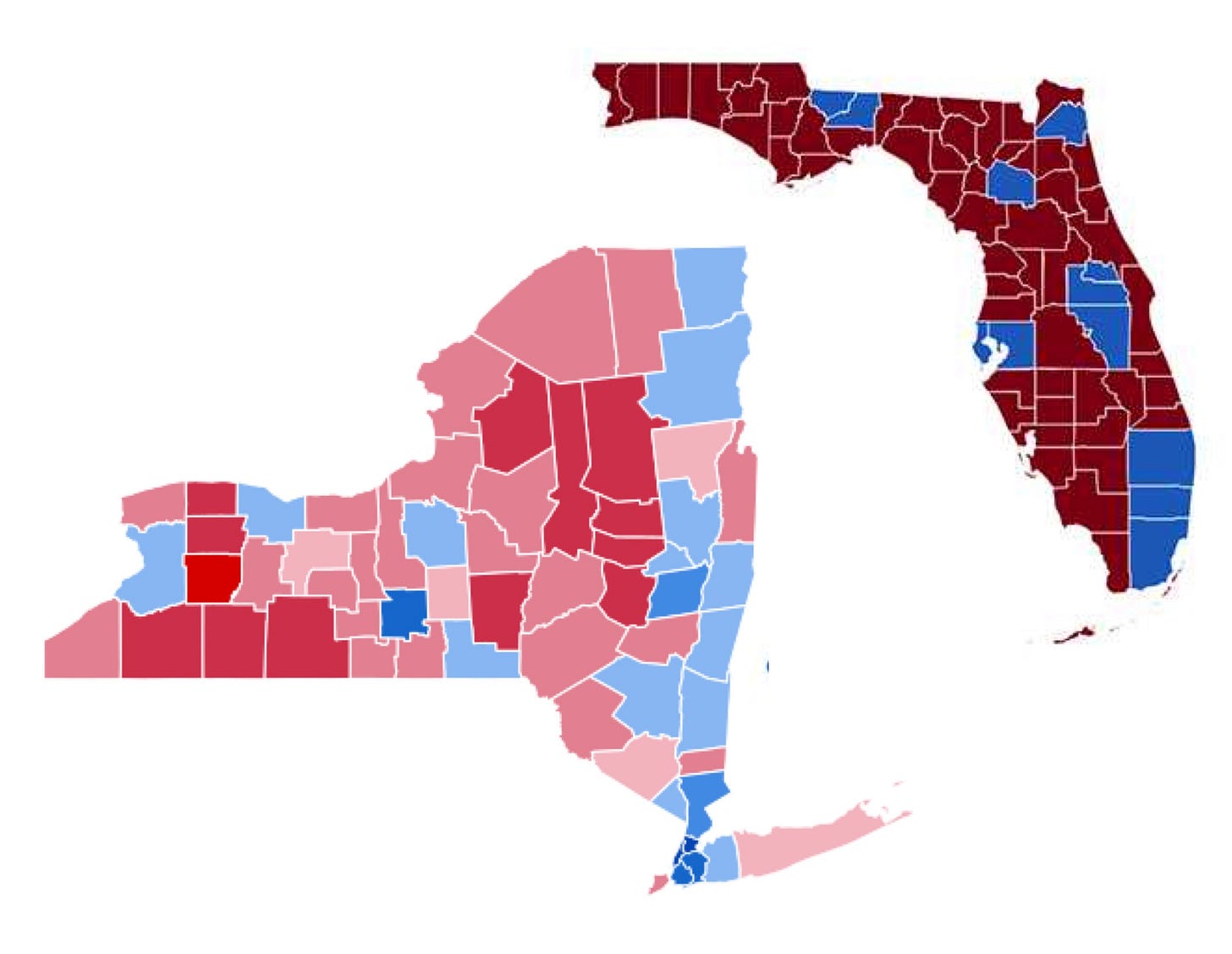
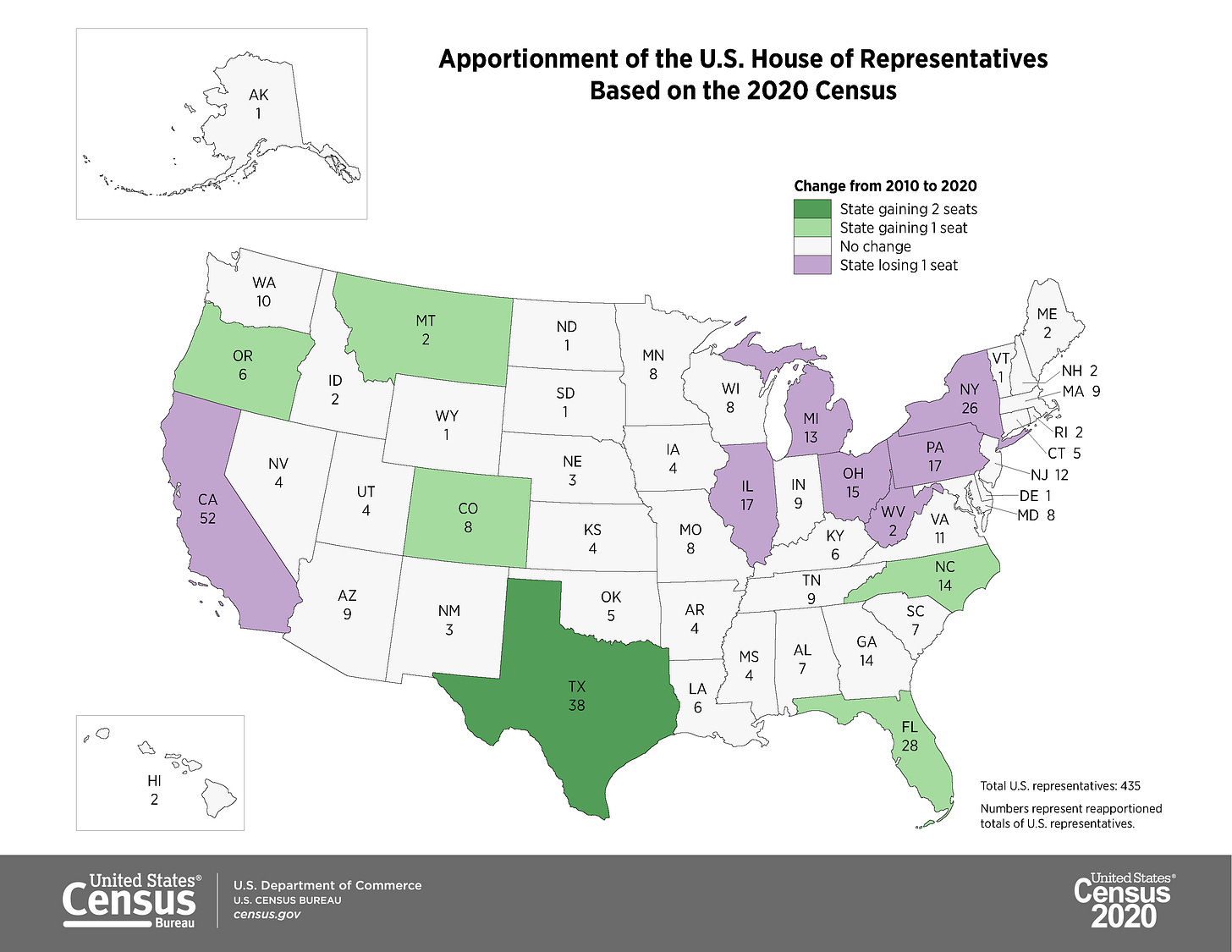
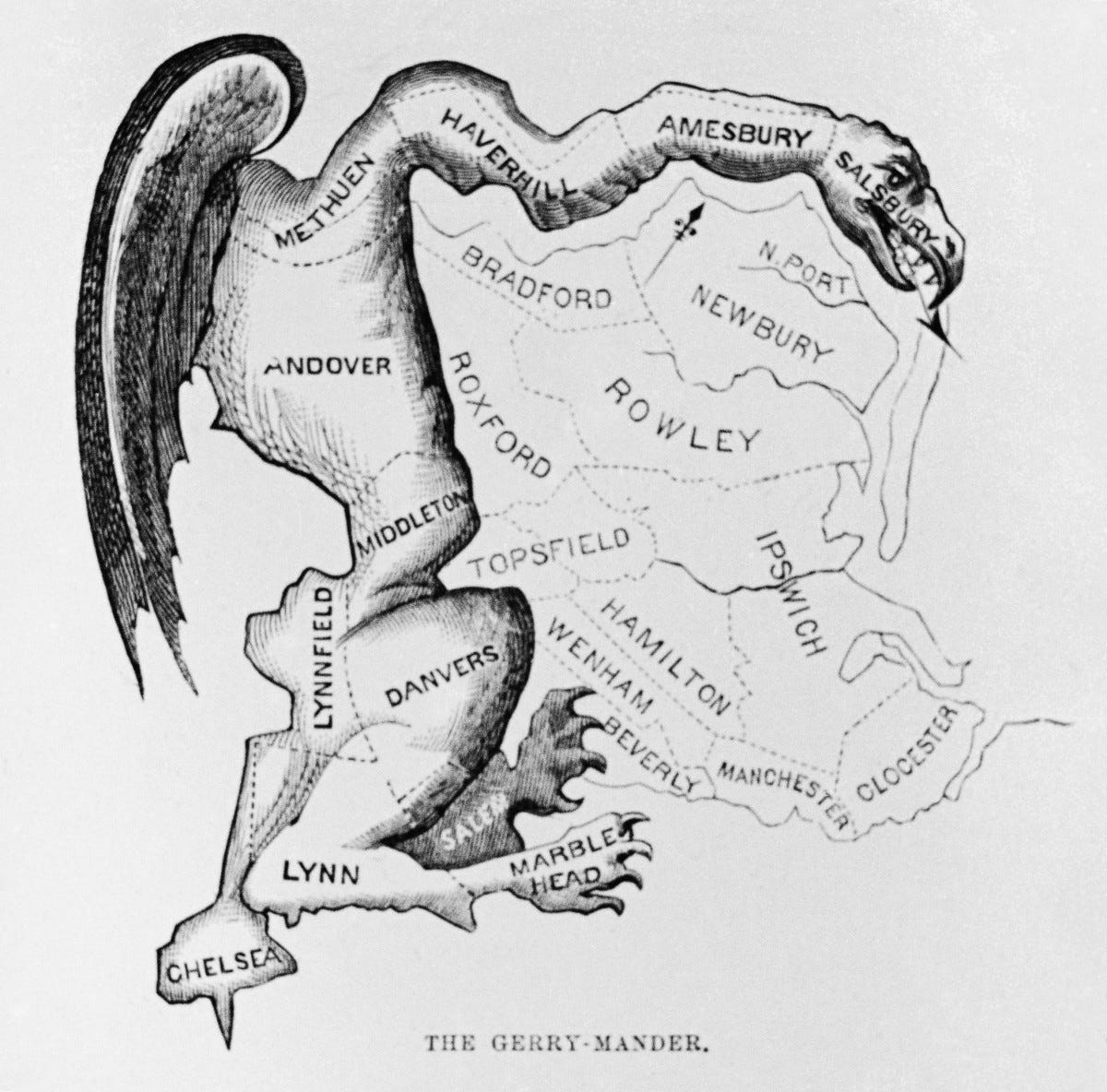
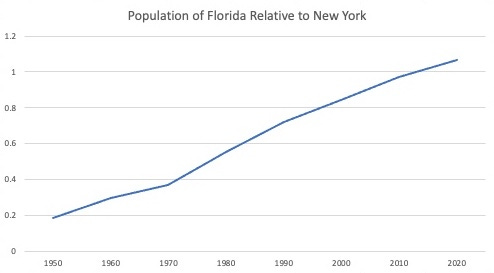
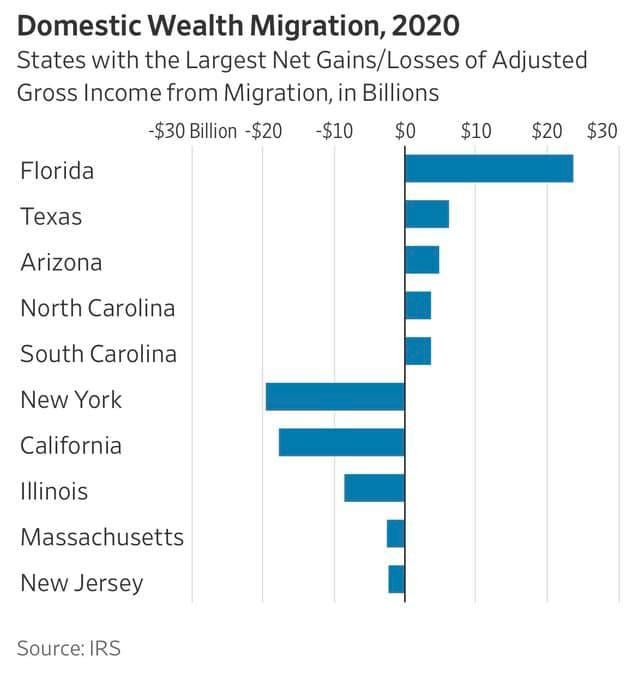
That old map you have of MA is neat.